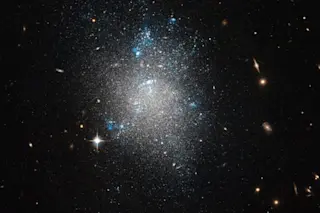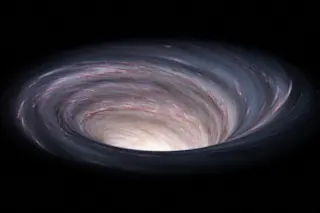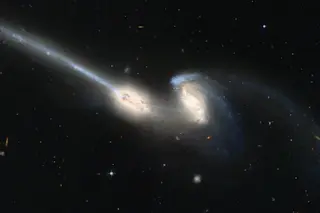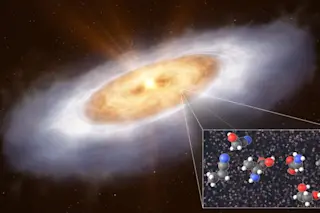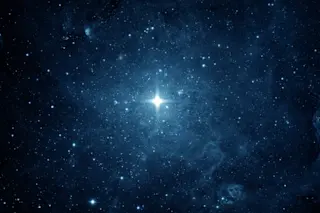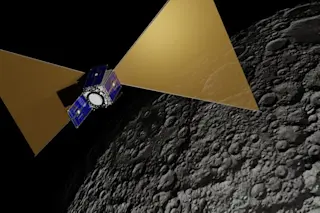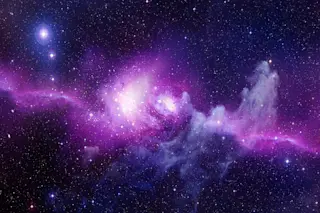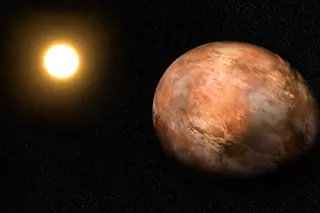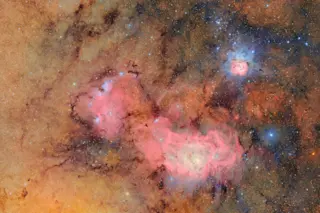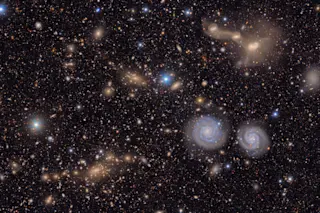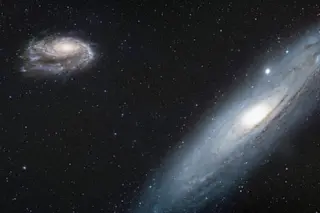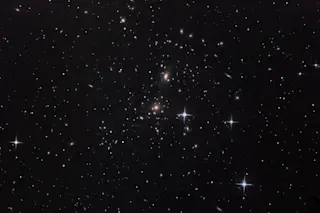Astronomers have discovered 19 more galaxies missing their dark matter. Instead of dark matter, these strange galaxies are mainly filled with regular matter, like the protons, neutrons, and electrons that make up everything we're familiar with.
The new find, published November 26 in Nature Astronomy, bolsters the controversial recent discovery of two other galaxies without dark matter. The mysterious substance accounts for most matter in the universe, and it's thought to be the primary component of all galaxies — as well as the main driver of galaxy formation in the first place. So, finding so many galaxies without the exotic matter suggests astronomers are missing something major about how galaxies form and evolve.
"This result is very hard to explain using the standard galaxy formation model," said lead author Qi Guo of the Chinese Academy of Science in a press release, "and thus encourages people to revisit the nature of ...


